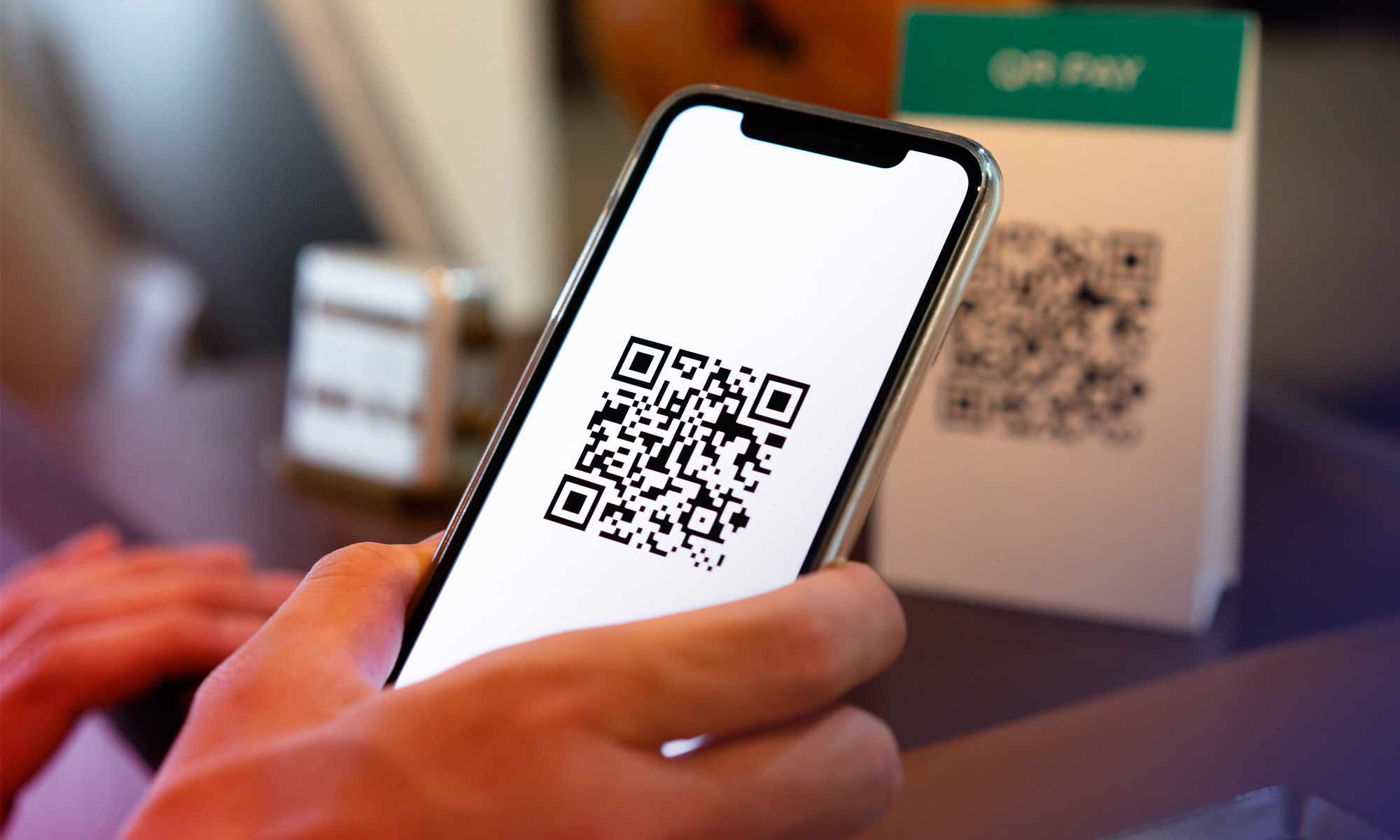Hyperautomation – the next evolution of automation – brings Artificial Intelligence (AI), Machine Learning (ML), Robotic Process Automation (RPA), and other technologies together to boost business process automation. A vehicle for accelerated digital transformation, hyperautomation removes human input from as many processes as possible, delivering end-to-end results at a fraction of the cost.

If you’re planning to implement a hyperautomation platform into your business operations, you’re likely familiar with its general, high-level benefits.
But what are the nuts and bolts of hyperautomation – what can you actually do with it? Here are some hyperautomation use cases across a variety of industries.
Hyperautomation Use Cases by Industry
The possibilities for hyperautomation in business applications are almost inexhaustible. The list below offers just a few examples of hyperautomation use cases that can make repetitive tasks and processes more accurate and efficient across a range of business functions and industries:

1. Retail
Hyperautomation is used in retail for many purposes, whether to forecast demand using predictive analytics or facilitate decision-making around product development efforts across multiple departments. Here are some more practical applications:
- Optimizing the layout of brick-and-mortar stores based on times of highest traffic and customer demographics; manipulating traffic flow within the store; providing current product information through QR codes on the shelves
- Experimenting with dynamic pricing based on market competition, materials and transportation costs, user sentiment and trends
2. Sales
When it comes to sales, you can use hyperautomation to enhance key functions, from receiving and gathering information in customer communications to responding immediately to queries. Here are some uses:
- Increasing customer lifetime value by communicating consumer-relevant information across all channels
- Maximizing lead generation and marketing reach by analyzing consumer actions within various platforms
3. Customer service
Advanced customer service often relies on hyperautomation to underpin positive customer relationships, enabling loyalty and advocacy. This includes:
- Integrating with technologies such as Business Process Management (BPM) and Platform-as-a-Service (PaaS) software to maximize customer engagement and problem-solving without human intervention
- Collecting and analyzing customer data across all channels
- Personalizing ads, recommendations and other avenues of customer contact
4. Travel
From streamlining booking and scheduling to offering personalized destination and accommodation recommendations, hyperautomation has many applications in the travel industry. Some include:
- Managing all booking, cancellation and refund processes automatically
- Improving customer service for travelers
- Eliminate delays in responding to customer queries and feedback
- Address customer needs across multiple languages and time zones
- Automate and streamline hotel task management processes
- Provide contactless check-in/check-out/facility rental procedures
5. Technology
Many segments of the technology industry are driven by hyperautomation – it enables pattern recognition to maximize efficiencies and ensures regulatory compliance. Examples include:
- Integrating analytical, operational and storage tools across your organization
- Accessing and analyzing data for organizational insights
- Extracting, verifying, sorting, organizing and storing data in multiple formats
6. Healthcare
Hyperautomation is valuable for optimizing healthcare processes, from managing equipment inventories to maintaining, transferring and sharing accurate records. It’s also useful for:
- Monitoring protocols to ensure compliance with current regulations
- Setting appointments and sending appointment and prescription reminders
- Facilitating and streamlining patient intake and billing processes
7. Insurance
Perhaps a less obvious industry that can benefit from hyperautomation, insurance nonetheless can use it to help evaluate and score risk and address customer service issues. It also supports the following:
- Assessing, underwriting and processing claims
- Providing options and recommendations, cross-selling insurance products
- Processing invoices, receipts and medical and prescription records
8. Finance
Hyperautomation in the finance world can drive the identification and reduction of fraud and the development of accurate client risk profiles. Other uses include:
- Opening, monitoring and closing accounts
- Providing product, service and spending recommendations to customers
- Processing and approving loan applications
- Ensuring regulatory compliance
9. Manufacturing
If you are a manufacturer, you can use hyperautomation to maximize productivity and reduce errors across platforms and equipment. It can be helpful for:
- Streamlining supply chain, logistics and transportation processes
- Monitoring and managing inventory, materials and stock
- Onboarding and communicating with vendors
10. Human Resources (HR)
A process-intensive industry by nature, it’s unsurprising that hyperautomation has many practical applications for HR and bookkeeping, from identifying and screening applicants to:
- Storing and processing applicant data
- Ensuring regulatory compliance
- Processing and paying invoices, paychecks and travel and expense reimbursements
- Assessing and settling workplace and HR claims, requests and complaints
Conclusion
Knowing how a business can use hyperautomation helps when deciding how to increase the efficiency of your processes and your competitive position within the market – regardless of industry.
A hyperautomation platform can help you align your business and IT processes, enhance your company’s security and governance, and integrate automation across back-office and customer-facing operations.

Implementing hyperautomation ultimately enables you to scale your operations and processes to boost organizational agility – allowing you to deploy your workforce more strategically and growing revenue and share of wallet.
Get started today with Sutherland Prodigy, our advanced hyperautomation platform that combines analytics and business intelligence to transform disparate back-office operations into new, effective digital workflows.



